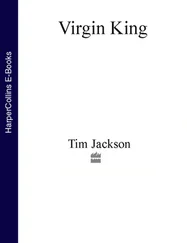
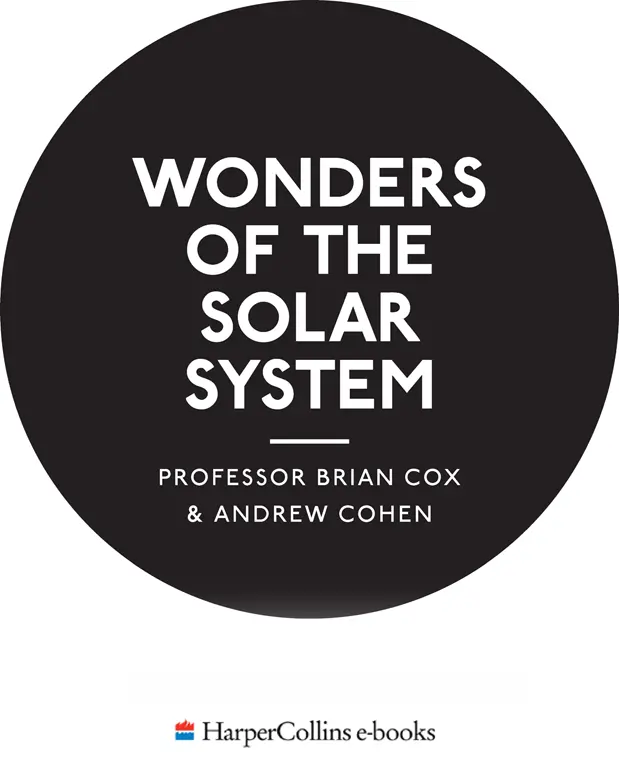
TEXT ONLY EBOOK EDITION
For Gia, George and Mo, who kept our family together whilst I was away filming Wonders.
Brian Cox
For Anna, Benjamin, Martha and Theo, the true wonders of my solar system.
Andrew Cohen
Cover
Title Page TEXT ONLY EBOOK EDITION
 CHAPTER 1 - THE WONDER
CHAPTER 1 - THE WONDER
 CHAPTER 2 - EMPIRE OF THE SUN
CHAPTER 2 - EMPIRE OF THE SUN
 CHAPTER 3 - ORDER OUT OF CHAOS
CHAPTER 3 - ORDER OUT OF CHAOS
 CHAPTER 4 - THE THIN BLUE LINE
CHAPTER 4 - THE THIN BLUE LINE
 CHAPTER 5 - DEAD OR ALIVE
CHAPTER 5 - DEAD OR ALIVE
 CHAPTER 6 - ALIENS
CHAPTER 6 - ALIENS
Index
Acknowledgements
Copyright
About the Publisher
CHAPTER 1
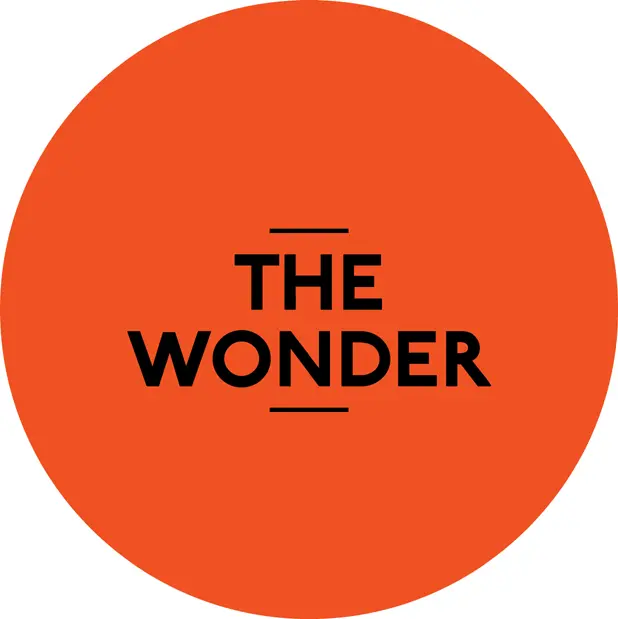
On a frosty winter’s afternoon the day after New Year 1959, a tiny metal sphere named First Cosmic Ship ascended, gently at first but with increasing ferocity, into a January sky above the Baikonur Cosmodrome a hundred miles east of the Aral Sea. Just a few minutes into her flight the little spacecraft separated from the third stage of her rocket and became the first man-made object to escape the gravitational grasp of planet Earth. On 4 January she passed by the Moon and entered a 450-day long orbit around the Sun somewhere between Earth and Mars, where she remains today. First Cosmic Ship, subsequently renamed Luna 1, is the oldest artificial planet and mankind’s first explorer of the Solar System.
Half a century later, we have launched an armada of robot emissaries and twenty-one human explorers beyond Earth’s gravitational grip and onwards to our neighbouring worlds. Five of our little craft have even escaped the gravitational embrace of the Sun on journeys that will ultimately take them to the stars. No longer confined to Earth, we now roam freely throughout the Empire of the Sun.
Our spacecraft have returned travellers’ tales and gifts beyond value; an explorer’s bounty that easily rivals the treasures, both material and intellectual, from the voyages of Magellan, Drake, Cook and their fellow navigators of Earth’s oceans. As with all exploration, the journeys have been costly and difficult, but the rewards are priceless.
Our first half-century of space exploration – less than a human lifetime – has revealed that our Solar System is truly a place of wonders. There are worlds beset with violence and dappled with oases of calm; worlds of fire and ice, searing heat and intense cold; planets with winds beyond the harshest of terrestrial hurricanes and moons with great sub-surface oceans of water. In one corner of the Sun’s empire there are planets where lead would flow molten across the surface, in another there are potential habitats for life beyond Earth. There are fountains of ice, volcanic plumes of sulphurous gases rising high into skies bathed in radiation and giant gas worlds ringed with pristine frozen water. A billion tiny worlds of rock and ice orbit our middle-aged yellowing Sun, stretching a quarter of the way to our nearest stellar neighbour, Proxima Centauri. What an empire of riches, and what a subject for a television series.
There are worlds of searing heat and intense cold; planets with winds beyond the harshest of terrestrial hurricanes and moons with great sub-surface oceans of water.
When we first began discussing making Wonders of the Solar System, we quickly realised that there is much more to the exploration of space than the spectacular imagery and surprising facts and figures returned by our robot spacefarers. Each mission has contributed new pieces to a subtle and complex jigsaw, and as the voyages have multiplied, a greatly expanded picture of the majestic arena within which we live our lives has been revealed. Mission by mission, piece by piece, we have learnt that our environment does not stop at the top of our atmosphere. The subtle and complex gravitational interactions of the planets with our Sun and the billions of lumps of rock and ice in orbit around it have directly influenced the evolution of the Earth over the 4.5 billion years since its formation, and that influence continues today.
Our moon, unusually large for a satellite in relation to its parent planet, is thought to stabilise our seasons and therefore may have played an important role in allowing complex life on Earth to develop; we probably need our moon.
It is thought that comets from the far reaches of the outer Solar System delivered much of the water in Earth’s oceans in a violent bombardment only half a billion years after our home planet formed. This event, known as the Late Heavy Bombardment, is thought to have been the result of an intense gravitational dance between the giant planets of our Solar System, Jupiter, Saturn and Neptune. Without this chance, violent intervention, there may have been little or no water on our planet; we probably need the comets, Jupiter, Saturn and Neptune.
More worryingly for us today, we have no reason to assume that this often-violent interaction with the other inhabitants of the Solar System has ceased; colossal lumps of rock and ice will visit us again from the distant vaults of the outer Solar System, and if undetected and unprepared for, we may not survive. It is thought that this very real threat is diminished by the gravitational influence of Jupiter on passing comets and asteroids, deflecting many of them out of our way; we probably need Jupiter.
This picture of the Solar System as a complex, interwoven and interacting environment stretching way beyond the top of our atmosphere is one of the central stories running throughout the series. In order to understand our place in space we must lift our eyes upwards from Earth’s horizon and gaze outwards across a vast sphere extending perhaps for a light year beyond the Kuiper belt of comets and onwards to the edge of the Oort cloud of ice-worlds surrounding the Sun.
Reaching for worlds beyond our grasp is an essential driver of progress and necessary sustenance for the human spirit. Curiosity is the rocket fuel that powers our civilization.
Our exploration of the Solar System has also given us very valuable insights into some of the most pressing and urgent problems we face today. Understanding the Earth’s complex weather and climate system, and how it responds to changes such as the increase of greenhouse gases in the atmosphere, is perhaps the greatest challenge for early twenty-first century science.
Читать дальше
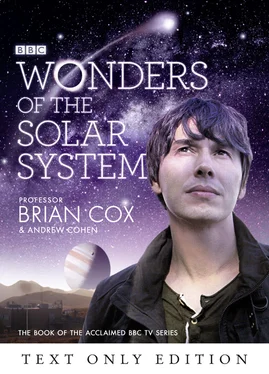


 CHAPTER 1 - THE WONDER
CHAPTER 1 - THE WONDER CHAPTER 2 - EMPIRE OF THE SUN
CHAPTER 2 - EMPIRE OF THE SUN CHAPTER 3 - ORDER OUT OF CHAOS
CHAPTER 3 - ORDER OUT OF CHAOS CHAPTER 4 - THE THIN BLUE LINE
CHAPTER 4 - THE THIN BLUE LINE CHAPTER 5 - DEAD OR ALIVE
CHAPTER 5 - DEAD OR ALIVE CHAPTER 6 - ALIENS
CHAPTER 6 - ALIENS
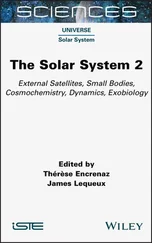

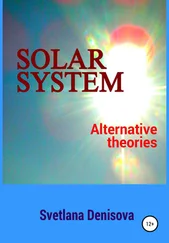



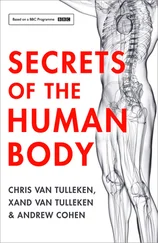
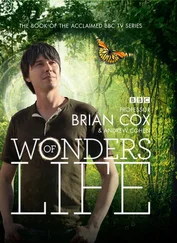

![Brian Thompson - A Monkey Among Crocodiles - The Life, Loves and Lawsuits of Mrs Georgina Weldon – a disastrous Victorian [Text only]](/books/704922/brian-thompson-a-monkey-among-crocodiles-the-life-thumb.webp)

